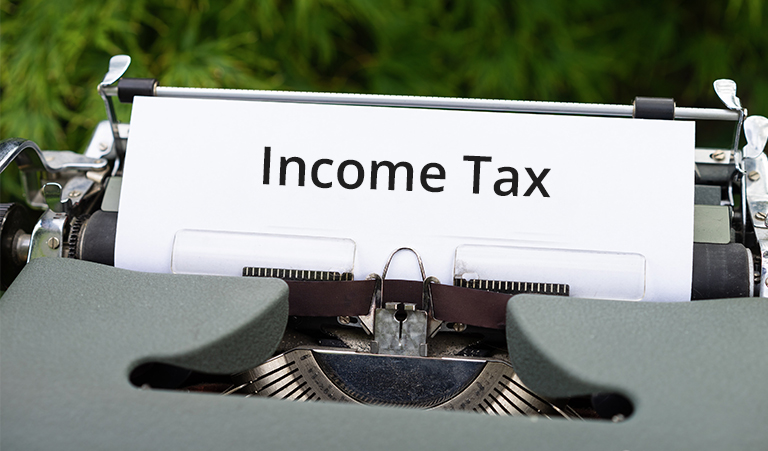The Philippines has the highest income tax rates among all ASEAN countries; for instance, Singapore has a 20% tax rate for workers who are earning above P10.6 million. Meanwhile, this developing nation is charging a staggering 32% for a significantly lower annual income of P500,000. If you compare the infrastructure and development of Singapore to that of the Philippines, as most tax-paying workers are wont to do, then you’ll probably be asking the same question: Where do our taxes go?
On June 30, 2010, President Benigno S. Aquino III said during his inaugural address: “Kayo ang boss ko, kaya’t hindi maaring hindi ako makinig sa mga utos ninyo.” (“You are the boss, so I cannot ignore your orders.”) Then, on September 3, 2015, the Palace rejected a House bill that proposed to lower income tax rates among fixed income earners, as well as put forward new income tax brackets. The proposed tax brackets were explained by Committee Chairman and Marikina Representative Romero Federico “Miro” Quimbo, who stipulated that:
- Minimum wage workers who are earning less than P180,000 are exempt from paying income tax;
- Workers who are earning between P180,000 and P500,000 will pay an income tax rate of 9%;
- Filipinos who earn between P500,001 and P10 million will be taxed at 17% (a far cry from the existing 32% imposed by the government);
- And that those who are earning above P10 million will have to pay an income tax rate of 30%.
Quimbo further stated that 60% of professionals, as well as 70% of entrepreneurs, simply do not pay their due taxes. With over 23 million earning individuals comprising the Filipino work force, only 5.6 million of them pay the correct taxes; as a result, “only 18% of the working population are paying taxes,” he told House reporters, according to an article in a recent national newspaper. The existing tax brackets remain unchanged from 1997, and have not been adjusted to address inflation, leading Quimbo to lament that “workers’ salaries have been adjusted for inflation, but tax brackets remain frozen. A vast number of workers have been pushed to higher brackets, thus (meaning resulting in them) paying higher tax rates.”
Had the proposed bill been accepted by the government, even corporations would then have been able to take advantage of the initiative, as it also proposed lower corporate taxes. Unfortunately, the government focused on the projected revenue loss of P29 billion in the first year, which would have been the case had the lowered income tax rates have been implemented. As Palace Communications Secretary Herminio Coloma Jr. said in a statement to Rappler, “According to (the Bureau of Internal Revenue) Commissioner Henares, the government is not proposing higher VAT rates. We’re for (the) status quo: no change in tax rates and no new or higher taxes – and also no income tax cuts.”
Just what future corrective measures will be taken remains to be seen, but it’s widely considered that the situation must change in order to apply a fair rate to all workers concerned.
